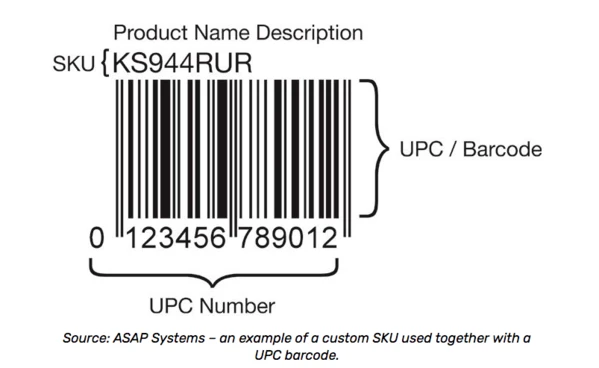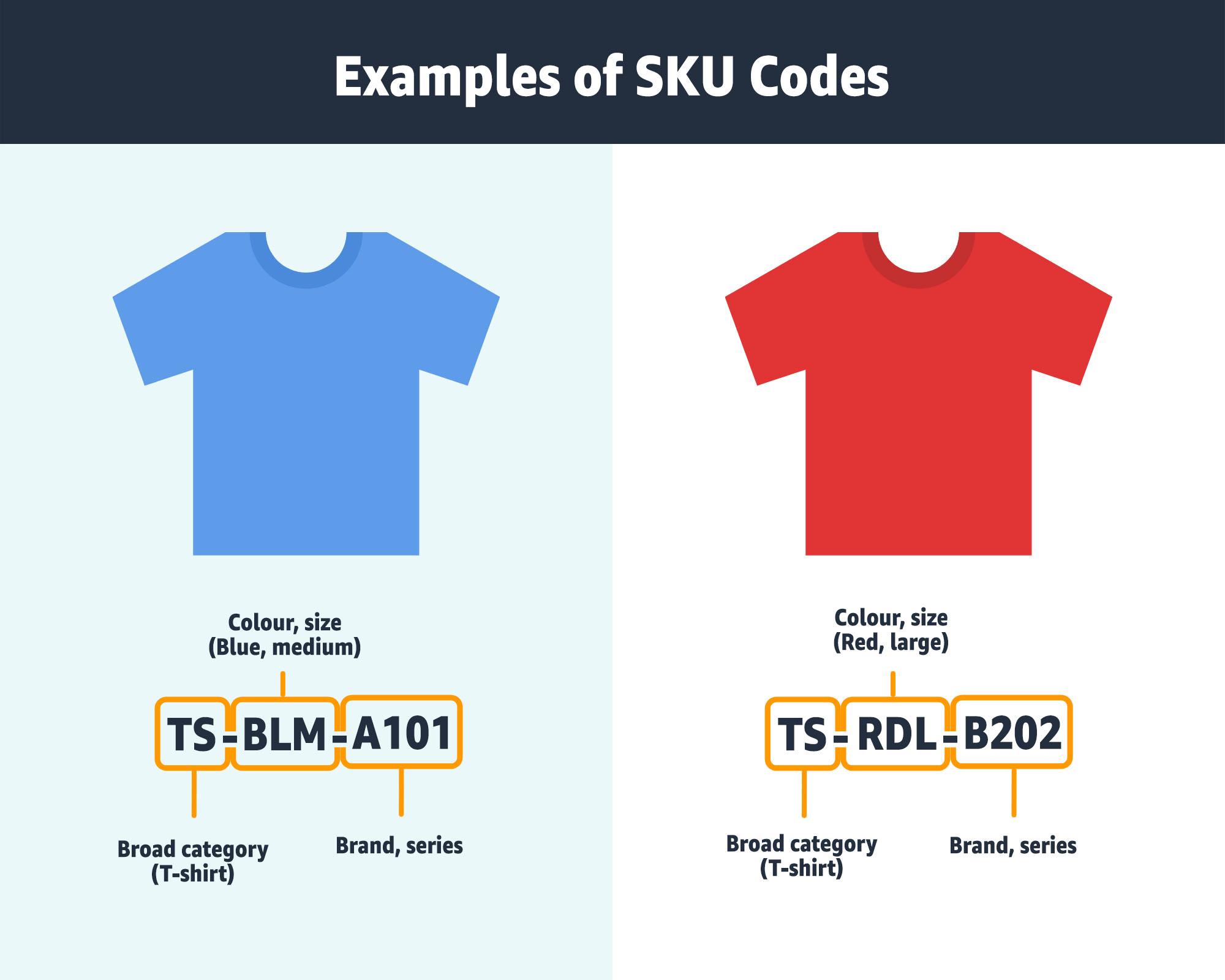
What is a SKU? Why is it important for logistics professionals?
A SKU, or stock-keeping unit, is a unique identifier for a product. It is used to track inventory and is typically associated with a product’s bar code. SKUs are assigned by the retailer or manufacturer and can be used to distinguish between different products, even if they are similar in appearance.
SKUs are important for logistics professionals because they can help to improve the efficiency and accuracy of inventory management. For example, SKUs can be used to:
-
- Improve shipping efficiency: SKUs can be used to track the location of products in real time, which can help businesses to ship products accurately and on time, meeting customer demand.
- Reduce inventory costs: SKUs can be used to track inventory levels accurately, which can help businesses to plan inventory storage more effectively, reducing product loss and saving storage space.
- Improve customer service: SKUs can be used to track the status of orders in real time, which can help businesses to communicate order status to customers quickly, improving customer satisfaction.
In addition to improving inventory management, SKUs can also be used in conjunction with other technologies, such as warehouse management systems (WMS) and radio frequency identification (RFID) systems, to further improve efficiency.
Here are some tips for creating effective SKUs:
-
- Use a consistent format: SKUs should be easy to read and understand, so it is important to use a consistent format. For example, SKUs may be alphanumeric, with a combination of letters and numbers.
- Include relevant information: SKUs should include information that is relevant to the product, such as the product type, size, color, or manufacturer.
- Make them unique: SKUs should be unique for each product, so that they can be easily distinguished from one another.
By following these tips, you can create SKUs that are effective and efficient for your business.

What is the difference between SKU and Product Code?
A common problem is that many people do not know that SKU and Parent SKU are different product codes. A product code can be assigned only one code per item. However, if the item has additional details, such as size, pattern, or color, it cannot be divided by product code. If you want to know the exact number of each type, such as how many black M-size shirts there are, you will need to use the SKU system to help track the number of products for greater detail and accuracy.
For example, a sneaker store
Parent SKU (Product Code) will have 4 AD shoe models: 001, 002, 003, and 004. Therefore, 4 product codes are assigned: AD001, AD002, AD003, and AD004.
Stock Keeping Unit (SKU) Each AD shoe model has 3 sizes: 38, 39, and 40, and 2 colors: white and black. The SKU code will be like this:

Benefits of Using SKU in Inventory Management
SKU stands for Stock Keeping Unit. It is a unique identifier that is assigned to each product in a company’s inventory. SKUs are used to track the movement of products throughout the supply chain, from manufacturing to delivery to the customer.
Here are some of the benefits of using SKUs in inventory management:
- Improved inventory accuracy: SKUs help to ensure that products are accurately tracked and counted. This can help to reduce stockouts and overstocks, which can save money and improve customer satisfaction.
- Reduced inventory costs: SKUs can help to improve inventory planning and allocation. This can help to reduce the amount of space needed to store inventory and the cost of transportation.
- Increased order accuracy: SKUs can help to ensure that the correct products are shipped to customers. This can help to reduce returns and improve customer satisfaction.
- Enhanced customer service: SKUs can help businesses to track the status of orders and shipments. This can help businesses to provide customers with more accurate information and faster responses.
In addition to these benefits, SKUs can be used in conjunction with other technologies to further improve inventory management. For example, SKUs can be used with warehouse management systems (WMS) to track the movement of products in a warehouse. SKUs can also be used with radio-frequency identification (RFID) tags to track the location of products in real time.
Here are some specific examples of how SKUs can be used to improve inventory management:
-
-
Retailers can use SKUs to reduce the time it takes to count inventory. This can be done by manually counting inventory or using automated counting machines.
-
-
-
Manufacturers can use SKUs to track raw materials and finished goods throughout the production process. This can help to reduce the risk of loss or damage to products.
-
Logistics companies can use SKUs to track the location of products during transportation. This can help to reduce the risk of loss or damage to products.
-
SKUs are a valuable tool that can help businesses to improve inventory management and efficiency. By using SKUs, businesses can reduce costs, improve customer satisfaction, and enhance their overall supply chain performance.
Conclusion
By now, you should have a good understanding of the Stock Keeping Unit (SKU) system, which can help to accurately and precisely classify each item of merchandise. This can lead to more efficient inventory management, which can be used to benefit users in a number of ways. For example, businesses can use SKUs to plan their inventory replenishment more effectively, identify slow-moving items for promotion, and track inventory levels in real time. This can make it easier for employees to work and get products to customers more quickly. However, it is important to consider the following when creating SKUs: use unique keywords, keep SKU codes short, and avoid leading zeros. These factors can help to further improve the efficiency of inventory management systems.
Source : zortout
